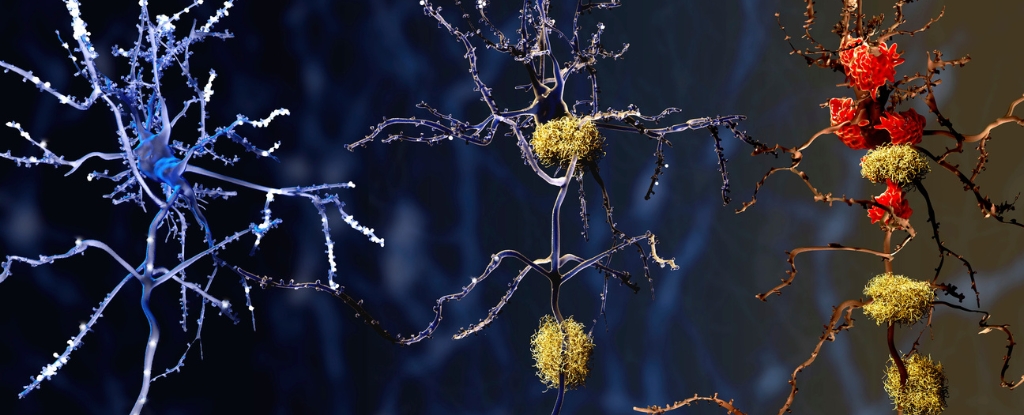
A recent study has identified significant changes in immune cells within the brains of individuals with Alzheimer’s disease, potentially paving the way for new treatment options. Researchers from the University of Washington, led by neuroscientists Katherine Prater and Kevin Green, analyzed brain tissue samples from 12 individuals diagnosed with Alzheimer’s and 10 healthy controls. Their findings, published in Nature Aging in 2023, reveal that microglia, the immune cells responsible for maintaining brain health, exhibit altered behavior in those affected by the disease.
Microglia play a crucial role in clearing waste, responding to infections, and pruning synapses during brain development. In healthy brains, these cells remain in a protective state, facilitating optimal brain function. However, the study indicates that in Alzheimer’s patients, microglia are more frequently found in a pre-inflammatory state. This transition may limit their protective capabilities, making them less effective in combating inflammation and clearing cellular debris.
To investigate the specific role of microglia in Alzheimer’s, the research team utilized an advanced method known as single-nucleus RNA sequencing. This approach enabled them to categorize microglia into 10 distinct clusters based on their gene expression profiles. Remarkably, three of these clusters were previously unidentified, and one cluster was notably more prevalent in the brains of individuals with Alzheimer’s disease. This particular cluster exhibited gene activity associated with inflammation and cell death, suggesting a detrimental role in the progression of the disease.
The findings reveal that microglia in Alzheimer’s patients are more likely to produce inflammatory molecules, which can harm brain cells and exacerbate neurodegeneration. This shift in behavior indicates that these immune cells are not fulfilling their protective roles, thus contributing to the disease’s advancement.
The researchers also theorize that microglia may change types over time, complicating the understanding of their function in Alzheimer’s disease. As Katherine Prater stated, “At this point, we can’t say whether the microglia are causing the pathology or whether the pathology is causing these microglia to alter their behavior.” This uncertainty highlights the complexity of the relationship between microglial activity and Alzheimer’s progression.
Despite the challenges in developing effective treatments, these findings offer a hopeful pathway forward. The research suggests that specific microglia clusters may serve as targets for innovative therapies aimed at altering their behavior. Prater emphasized, “Now that we have determined the genetic profiles of these microglia, we can try to find out exactly what they are doing and hopefully identify ways to change their behaviors that may be contributing to Alzheimer’s disease.”
The implications of this research extend beyond academic interest; they could lead to tangible improvements in the lives of individuals living with Alzheimer’s. The scientific community remains optimistic that by understanding microglial activity more thoroughly, new treatments can be developed to prevent or slow the disease’s progression.
As research continues, the insights gained from this study underscore the importance of exploring the immune system’s role in neurodegenerative diseases like Alzheimer’s. With further investigation, the hope is that these findings will contribute to more effective interventions, ultimately improving care for those affected by this challenging condition.







